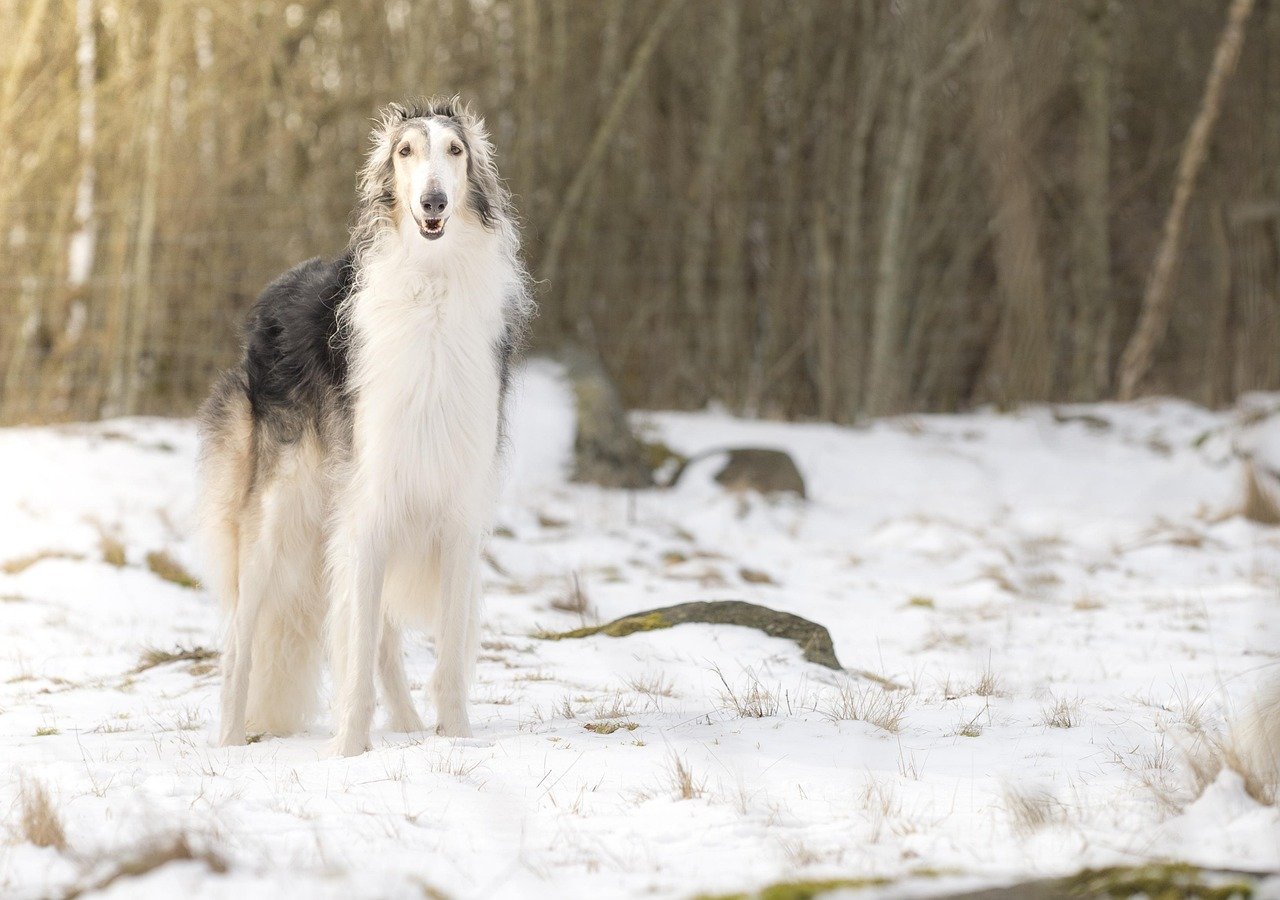Have you ever met a dog that just didn’t seem to care if you existed? It’s a strange, almost heartbreaking experience—especially for those of us who see dogs as loyal companions and best friends. But the truth is, not all dog breeds are eager to snuggle up or gaze adoringly into your eyes. Some breeds, for reasons rooted in their history and instincts, just aren’t wired for close human attachment. It’s not that they’re bad dogs—they just march to the beat of their own fuzzy drum. Ready to be surprised? Let’s dive into the fascinating world of independent canines who’d rather be lone wolves than lap dogs.
Afghan Hound

The Afghan Hound is the supermodel of the dog world: elegant, striking, and, honestly, a little aloof. Bred to be independent hunters in the mountains of Afghanistan, these dogs had to rely on their own wits rather than wait for human commands. That independence runs deep in their DNA. While they might accept gentle affection from their family, they’re rarely the type to follow their human from room to room, desperate for attention.
Many Afghan Hound owners will tell you their dogs seem to live in their own world. They’re dignified, almost regal, and sometimes give off the vibe that they’re doing you a favor by letting you pet them. If you’re looking for a dog that craves cuddles and endless playtime, the Afghan Hound might leave you feeling a little rejected.
Basenji
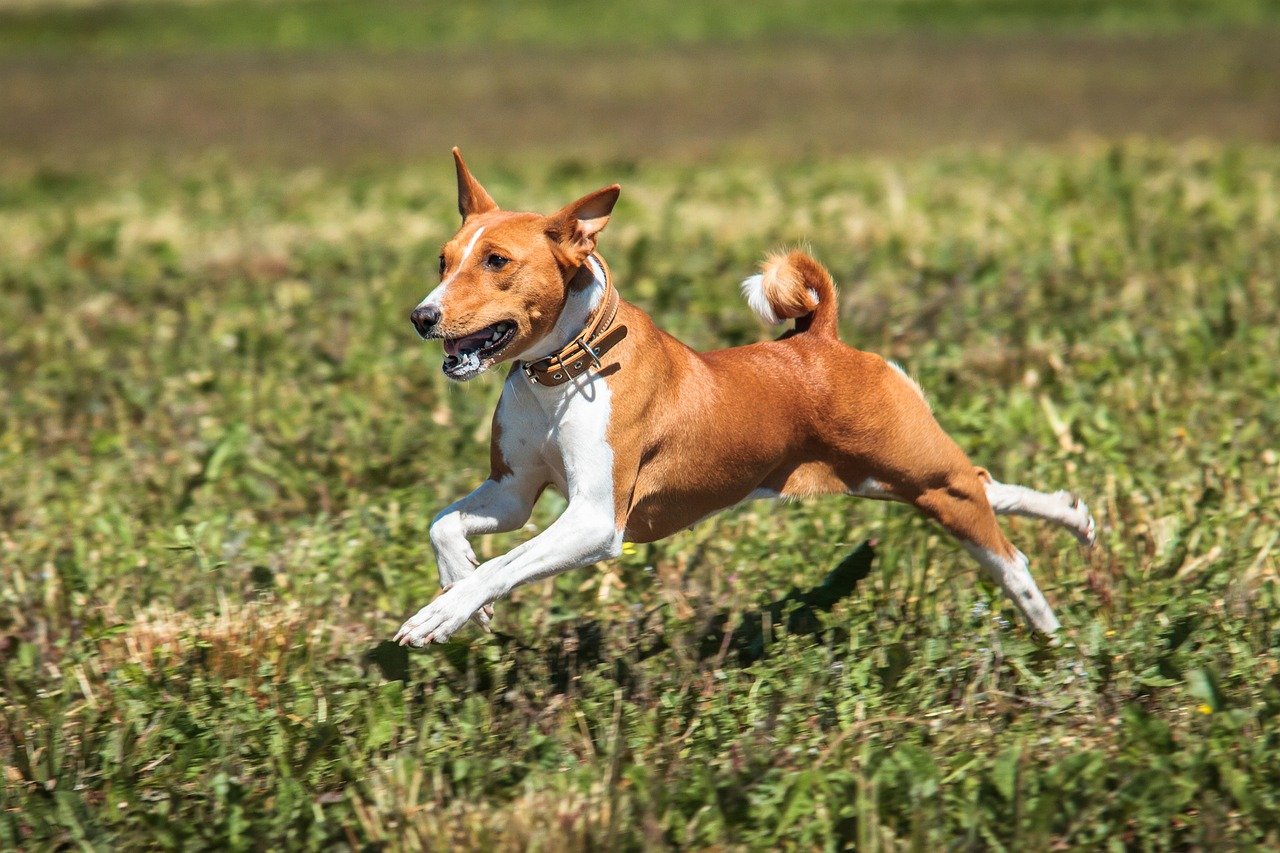
The Basenji, often called the “barkless dog,” is famous for its quiet nature—but there’s more to the story. Originally bred in Africa for hunting, Basenjis are bright and fiercely independent. They’re clever problem-solvers who don’t really look to humans for guidance or approval. In fact, they can come across as outright stubborn when you try to train them or ask them to do something they don’t want to do.
The Basenji’s independence can be charming, but it’s not exactly heartwarming if you’re hoping for a constant companion. They’ll happily amuse themselves and sometimes act more like a cat than a dog, sneaking off to do their own thing. For people craving devotion and deep emotional connection, the Basenji’s reserved nature can be a real shock.
Chow Chow
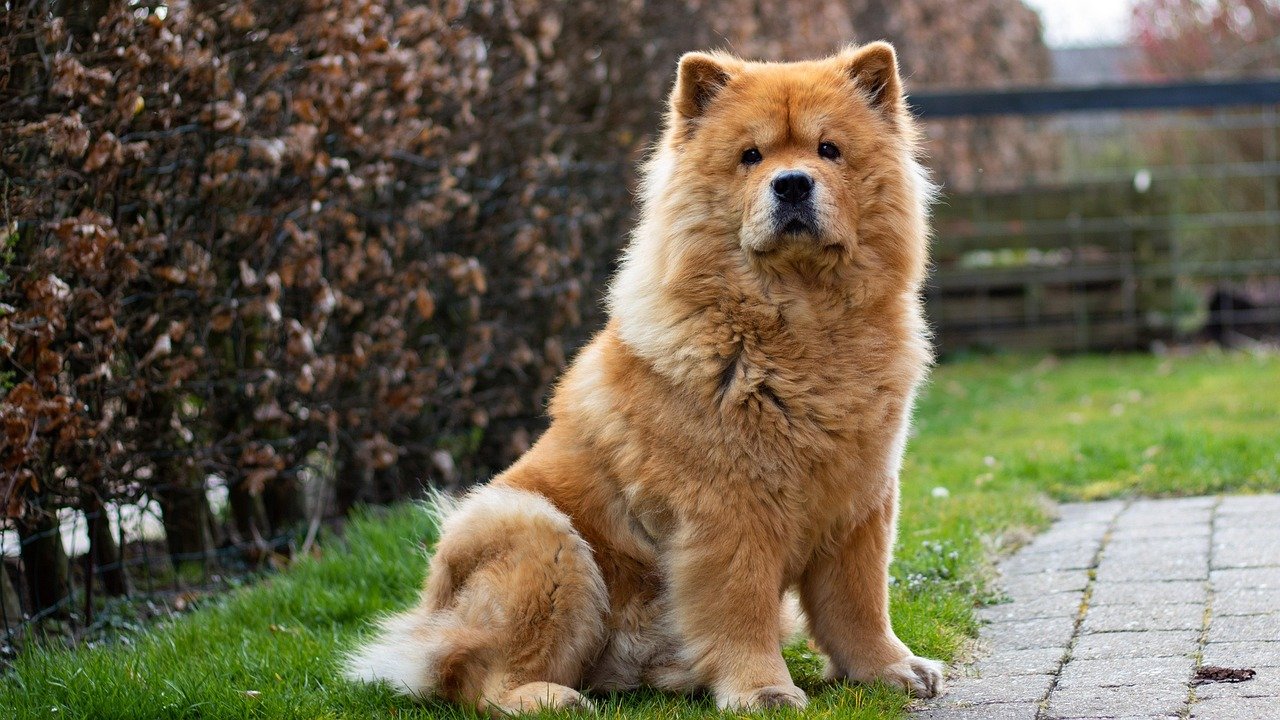
With their lion-like manes and stoic faces, Chow Chows look like they belong in an ancient palace. In a way, they do—these dogs were bred as guardians and hunters in China, prized for their ability to work independently. They’re not naturally inclined to bond closely with humans; instead, they often keep people at arm’s length (or paw’s length, if you will).
Chow Chows can be devoted to one or two people, but even then, their affection is subtle. Don’t expect them to wag their tail wildly or leap into your arms. They’re dignified and sometimes misunderstood as unfriendly, but really, they’re just selective. Their attitude is best summed up as, “I’ll come to you when I’m good and ready.”
Shar Pei
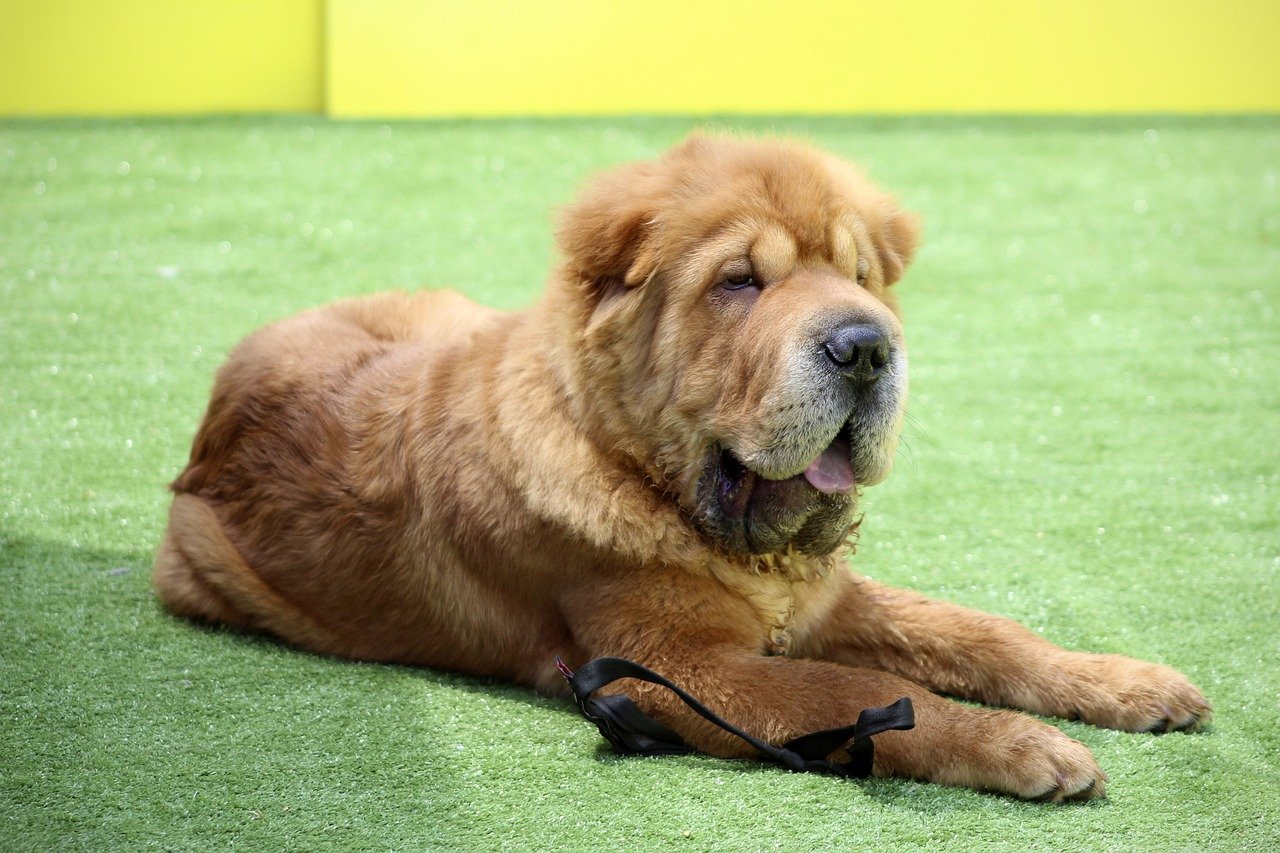
Known for their distinctive wrinkled skin, Shar Peis are as unique in personality as they are in appearance. These dogs were bred for fighting and guarding, so independence and caution are part of their nature. While they can form a bond with their immediate family, they’re famously wary of strangers and rarely show the playful exuberance some people expect from a pet.
Shar Peis tend to be reserved and even a bit standoffish. They’re not the type to shower you with love and kisses. Instead, they maintain a cautious distance, sizing up every situation before deciding how to react. For families hoping for a dog that’s openly affectionate, the Shar Pei’s distant demeanor can be a letdown.
Shiba Inu
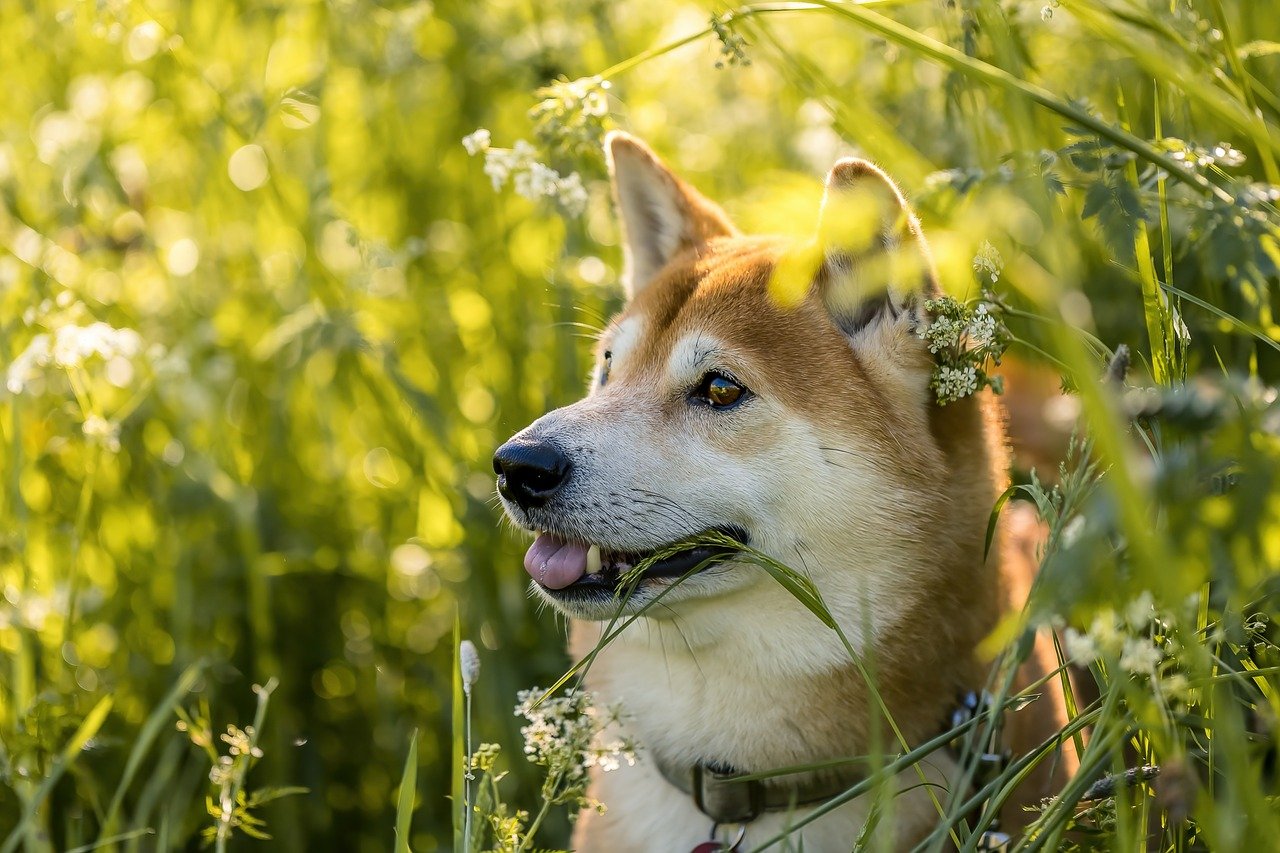
The Shiba Inu has taken the internet by storm with its fox-like face and meme-worthy expressions, but behind that cute exterior lies a fiercely independent spirit. Originally bred in Japan for hunting small game, Shibas are clever, strong-willed, and notoriously difficult to train. They’re known for doing things on their own terms.
While Shiba Inus can be playful and even loving at times, they’re not the type to fawn over their humans. Many owners say their Shiba acts like a roommate rather than a family member—happy to share space, but not likely to follow you around or demand constant attention. Their attitude is best described as “take it or leave it.”
Alaskan Malamute
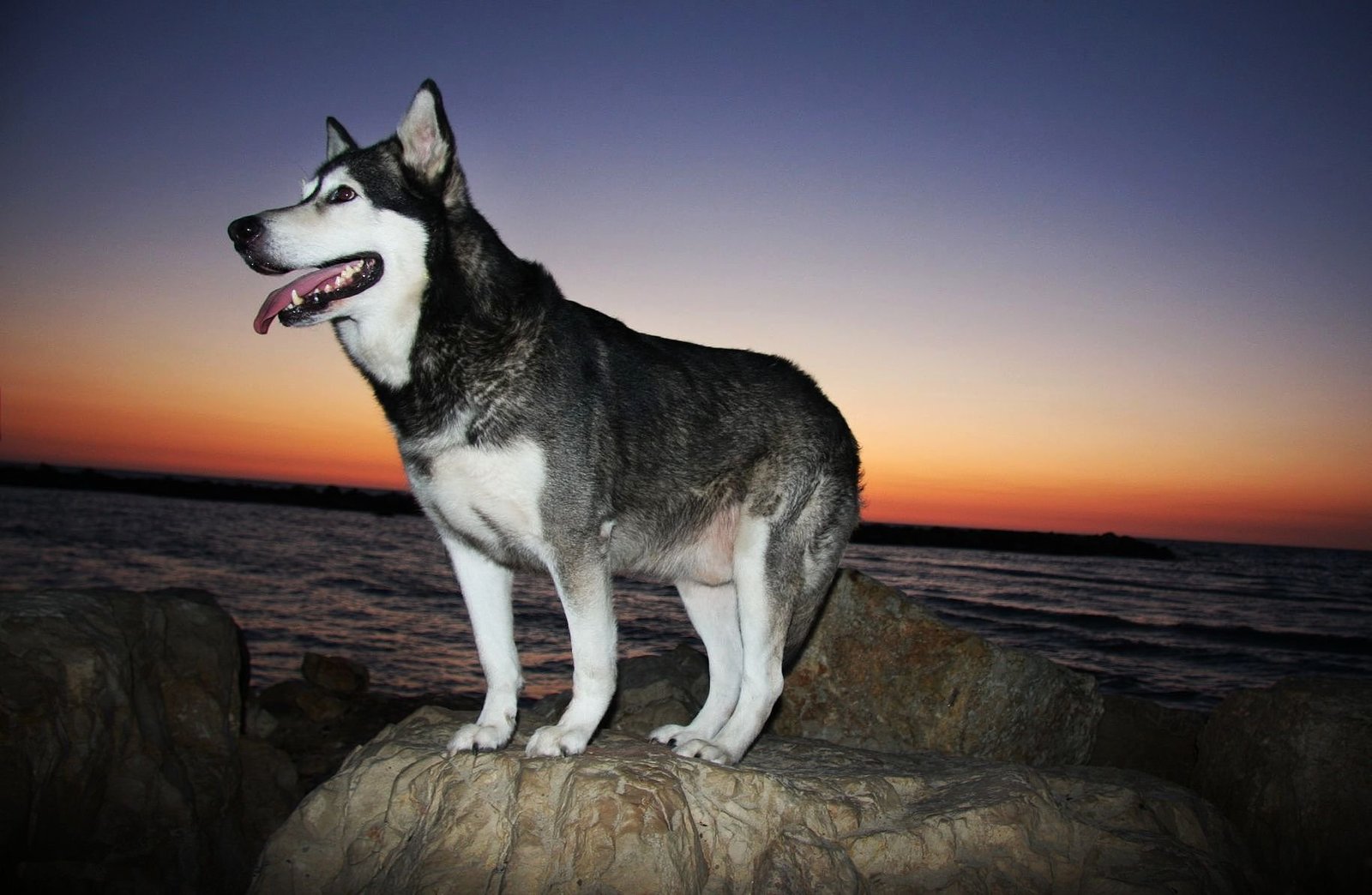
Alaskan Malamutes are majestic, powerful dogs bred to haul heavy sleds across icy terrain. These dogs had to work independently and make decisions in harsh conditions, often far from human oversight. As a result, they’re not particularly eager to please. Their loyalty is real, but it’s not the clingy, affectionate kind some people expect from a pet.
Malamutes can be loving, but they’re also known for their stubborn streak. They enjoy being part of a pack, but that pack doesn’t have to include humans as the central focus. If left alone, most Malamutes won’t pine for company—they’re perfectly content finding their own fun. For anyone hoping for a dog that’s emotionally needy, the Malamute’s cool indifference is a surprise.
Borzoi
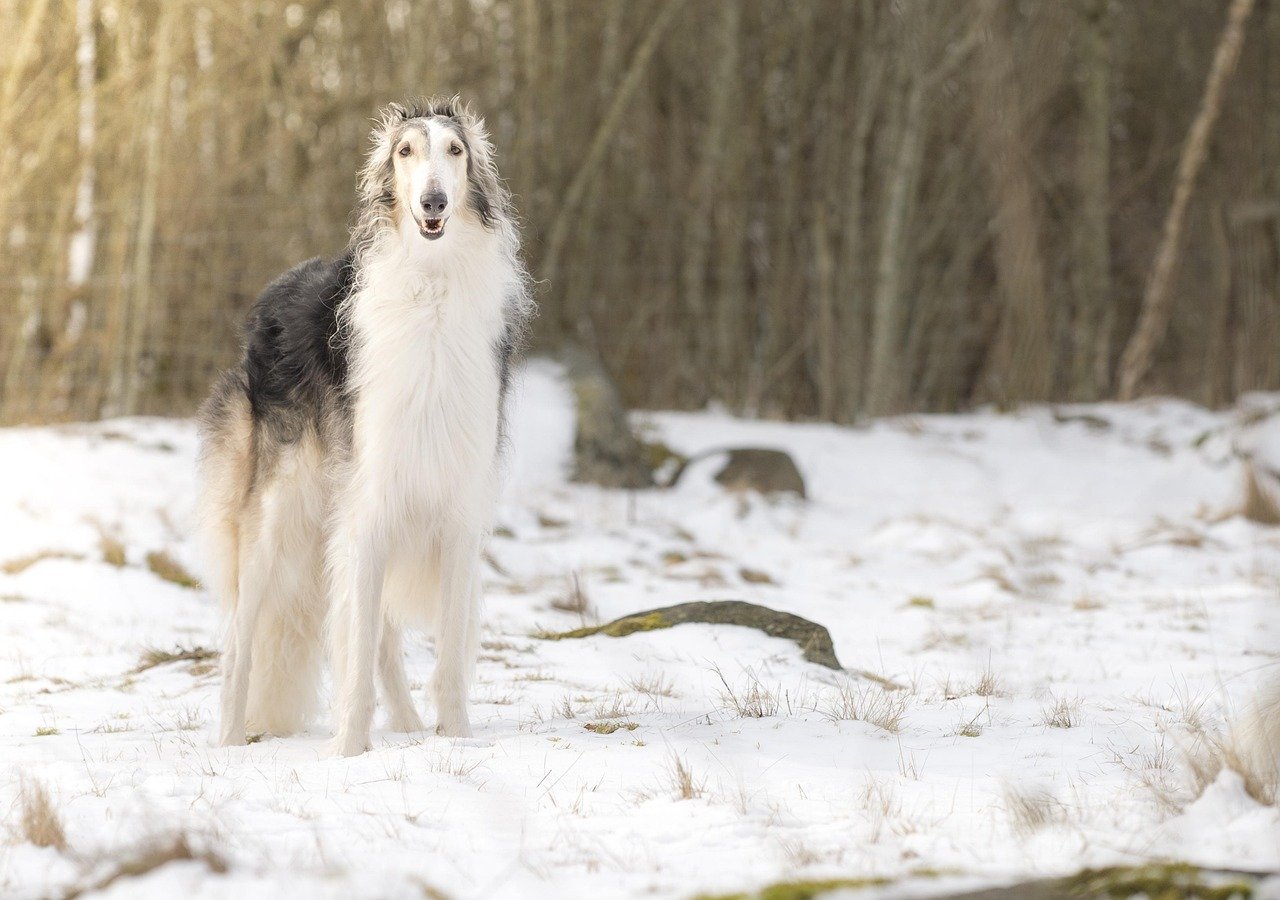
The Borzoi, sometimes called the Russian Wolfhound, is a graceful giant with a gentle soul—but don’t mistake that gentleness for a desire to bond closely with people. Bred for hunting wolves in Russia, Borzois were trained to think and act independently on vast, open plains. They’re quiet and polite, but not particularly interested in forming intense emotional attachments.
Borzois enjoy peaceful coexistence with humans, but they’re unlikely to seek out constant attention or affection. Many owners say their Borzoi is more like a quiet roommate than a best friend, content to lounge nearby but rarely clamoring for love. Their elegance comes with a certain emotional distance that some find puzzling.
Scottish Deerhound
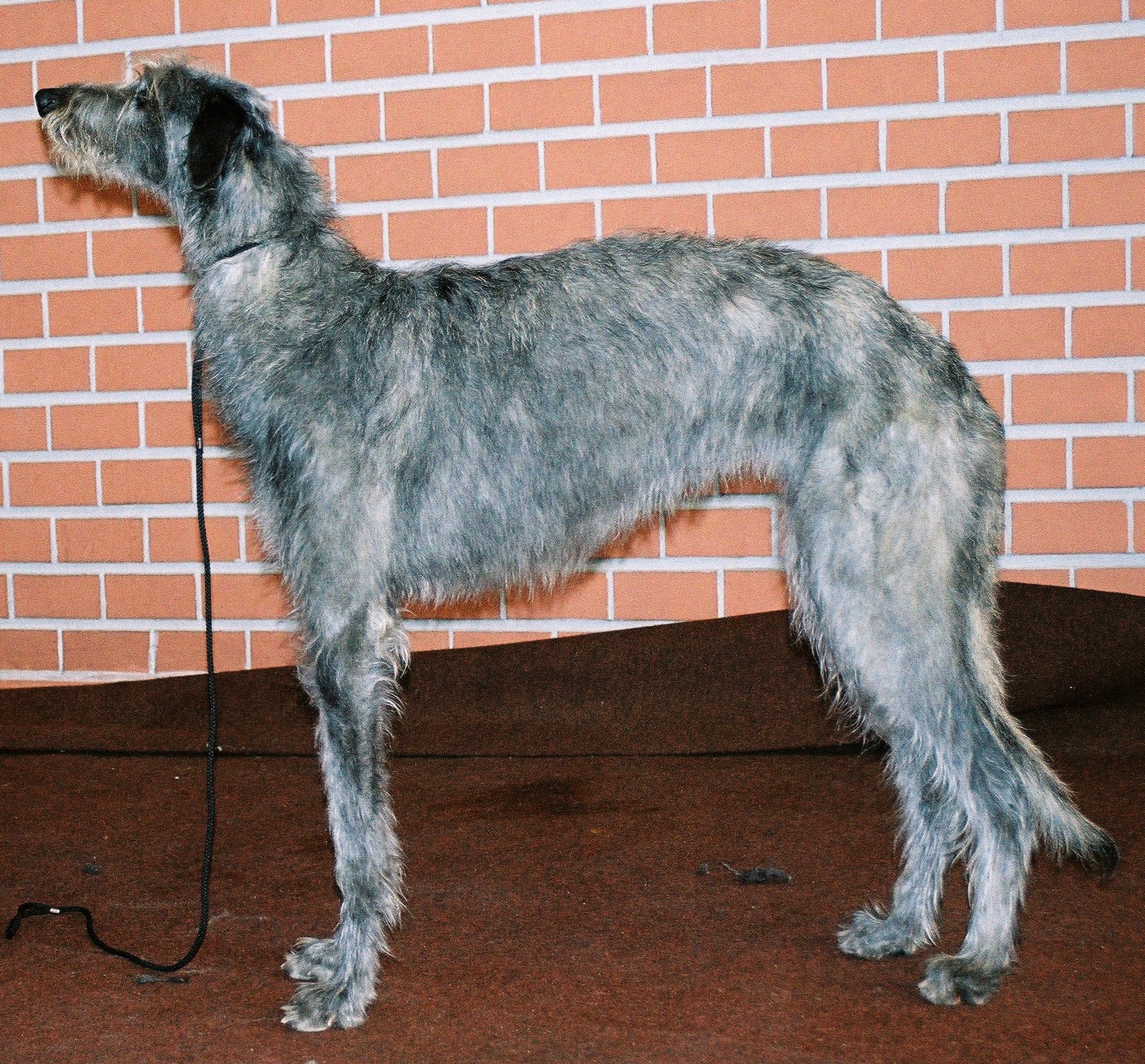
Scottish Deerhounds are gentle giants bred for chasing down deer across the rugged Scottish countryside. Their hunting ancestry means they’re used to thinking for themselves and not relying heavily on human input. While they’re calm and easygoing, they’re not known for deep, adoring bonds with their owners.
Deerhounds appreciate having people around, but they don’t need constant reassurance or attention. They’re happy to lie quietly by your side, but don’t expect them to make a fuss if you leave the room. Their quiet independence is both their charm and their emotional barrier—perfect for those who value space, but not for those who crave canine devotion.
Norwegian Elkhound
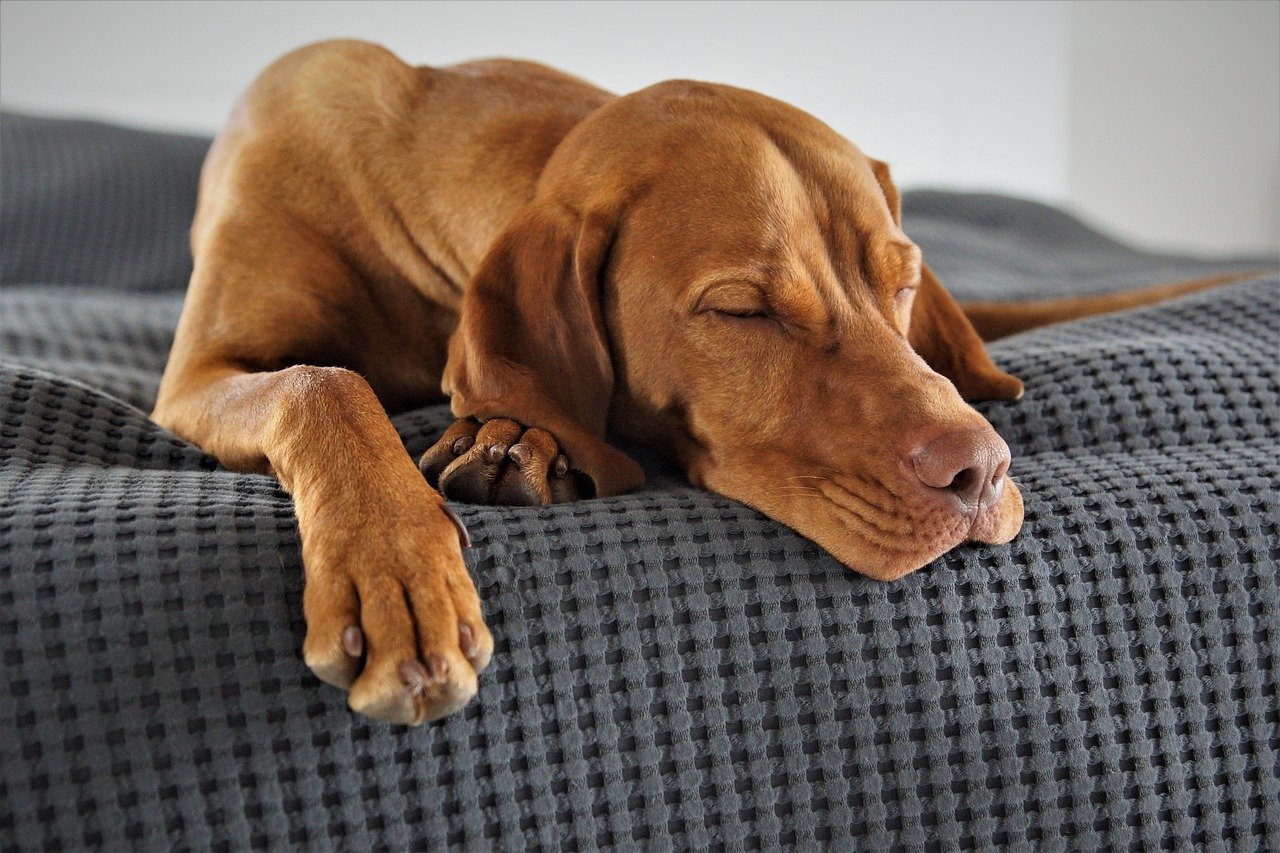
The Norwegian Elkhound is a robust, spirited breed from the snowy forests of Scandinavia. These dogs were bred to hunt large game like elk and moose, often working far from their human partners. As a result, they developed a strong sense of independence and self-reliance.
Elkhounds are loyal, but in a reserved way. They like being part of a family, but they’re not overly demonstrative or needy. Instead, they’re happiest when given a job or allowed to explore on their own terms. Their independent streak means they may not always come when called—and they certainly don’t need constant cuddles.
Kuvasz
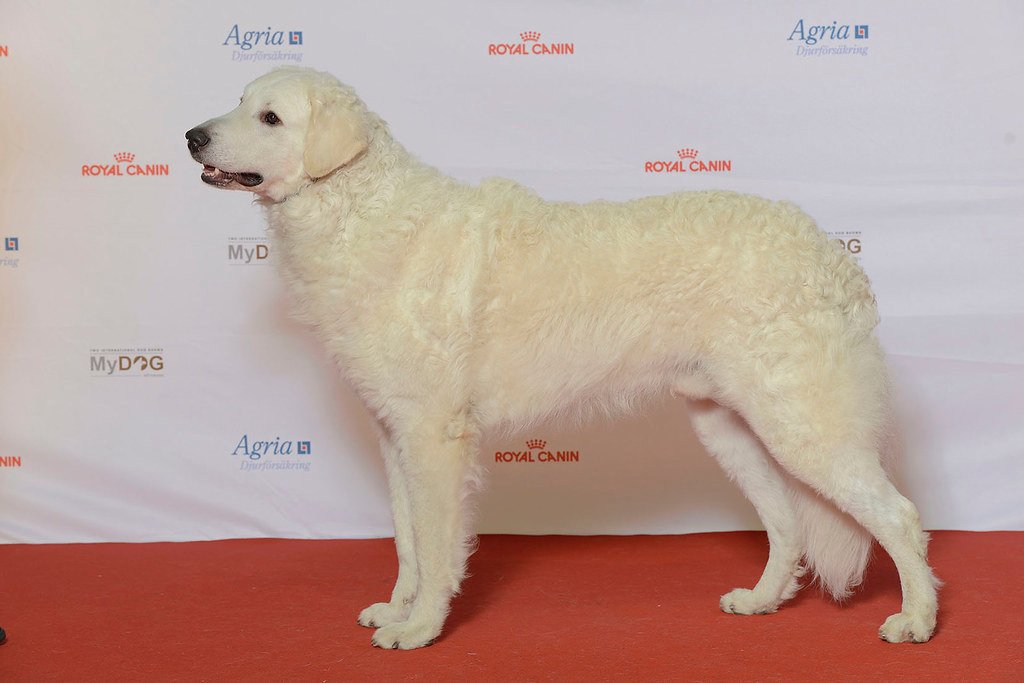
The Kuvasz is a Hungarian livestock guardian dog, and every inch of its personality reflects its working heritage. Tasked with protecting flocks from predators, the Kuvasz learned to make decisions independently, often without any human nearby. That independent mindset is still strong today.
Kuvasz dogs are famously wary of strangers and can be very aloof, even with their own family. While they’re devoted protectors, they don’t show affection in obvious ways. Many owners say their Kuvasz is happiest when given space and responsibility, rather than constant attention. Their loyalty is real, but it’s quiet and often misunderstood.

